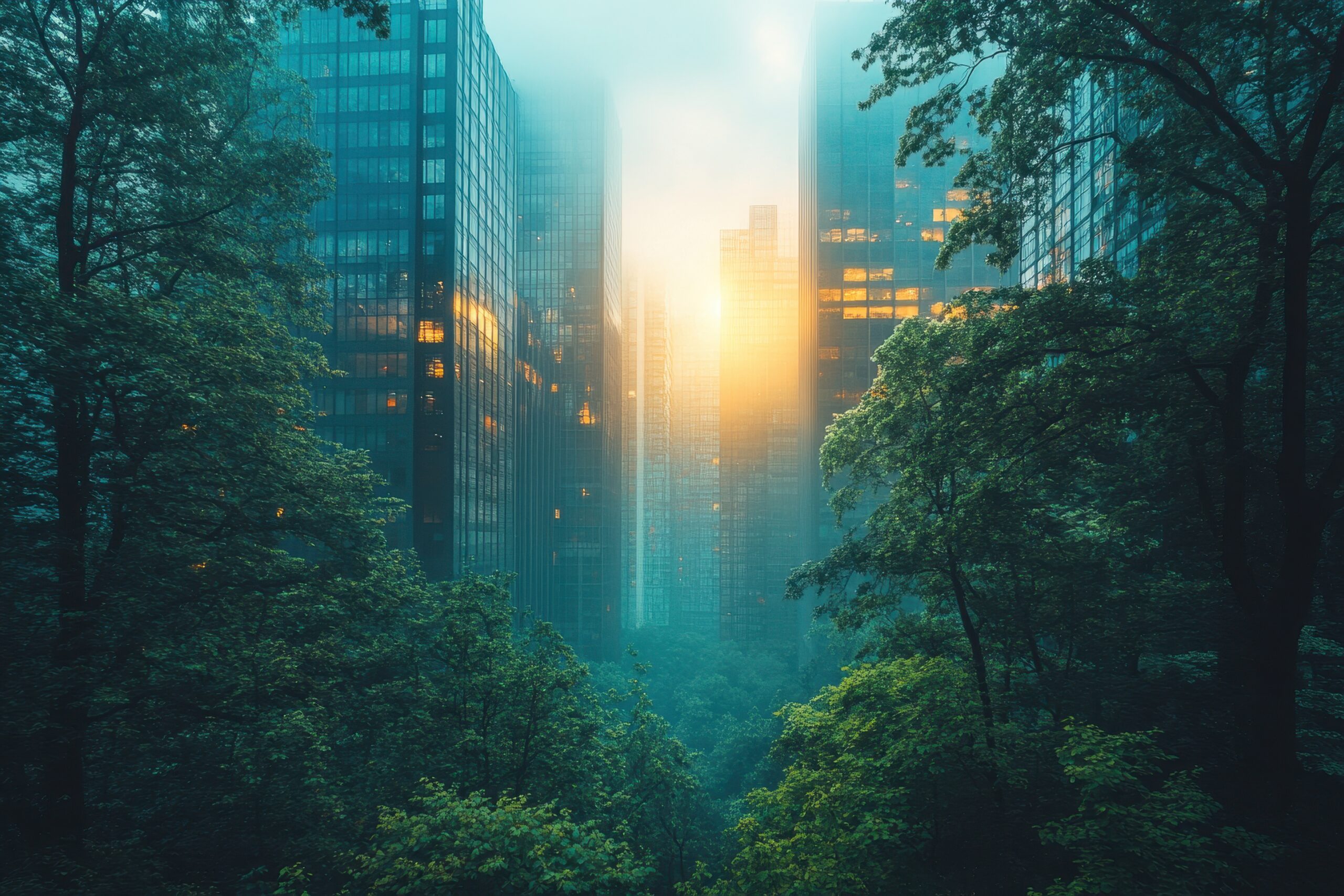Trees Are Just the Beginning
When most people think about urban forestry, they picture trees lining city streets or parks filled with shady canopies. And while trees are certainly a vital piece of the puzzle, urban forestry is so much more than just planting trees. It’s a key element of what we call green infrastructure—a network of natural and semi-natural systems that provide essential services to our cities, helping them function better, look better, and feel better.
After decades working as an architect and real estate developer in Indianapolis, I’ve come to appreciate how deeply urban forestry shapes not only the environment but also the social and economic fabric of our communities. The truth is, green infrastructure isn’t a luxury—it’s a necessity for healthy, resilient cities.
What Is Green Infrastructure?
Green infrastructure refers to natural solutions that manage water, improve air quality, and enhance urban life. It includes parks, gardens, green roofs, rain gardens, wetlands, and, of course, urban trees. These systems work together to reduce stormwater runoff, mitigate urban heat islands, improve biodiversity, and even sequester carbon.
In cities like Indianapolis, where impervious surfaces like asphalt and concrete cover much of the land, green infrastructure helps mimic the natural water cycle. Instead of rainwater rushing into storm drains and overwhelming sewer systems, green spaces absorb and filter that water. This reduces flooding and pollution downstream.
Urban Forestry’s Role Goes Beyond Shade
Trees do provide shade—and that alone is a big deal, especially in the Midwest’s hot summer months. Shade cools our streets and buildings, lowering energy costs and making outdoor spaces more comfortable. But the benefits of urban forestry reach much further.
Trees improve air quality by capturing pollutants like ozone, nitrogen dioxide, and particulate matter. They also capture carbon dioxide, helping to combat climate change. They provide habitat for birds and pollinators, supporting urban biodiversity. And they even have mental health benefits, reducing stress and improving well-being for residents who live near green spaces.
A Social and Economic Catalyst
From my work on redevelopment projects and volunteer efforts with Keep Indianapolis Beautiful, I’ve witnessed how urban forestry projects spark more than environmental change—they spark community revitalization.
When a neighborhood gets new trees and green spaces, property values tend to rise. Businesses notice more foot traffic. Crime rates often drop, as better-lit, greener streets encourage people to spend time outside. And neighbors start talking to one another more often, building a sense of pride and connection.
Green infrastructure is truly a social equalizer because it improves quality of life for everyone. But it’s important that these benefits reach all neighborhoods, not just the affluent ones. Historically, many urban areas with lower incomes and minority populations have fewer trees and green spaces, contributing to health disparities and environmental injustice.
Equity in Urban Forestry
Addressing this disparity is one of the challenges—and opportunities—facing cities today. Volunteer programs like those of Keep Indianapolis Beautiful are crucial because they engage communities in planting trees, building pocket parks, and caring for green spaces in neighborhoods that need them most.
This work goes beyond aesthetics. It’s about environmental justice and ensuring every resident can enjoy the benefits of green infrastructure. Healthy trees and green spaces help reduce asthma rates, heat-related illnesses, and other conditions that disproportionately impact vulnerable populations.
Partnerships Make Green Infrastructure Work
Green infrastructure can’t happen without collaboration. As an architect and planner, I’ve seen how successful projects bring together city agencies, nonprofits, private businesses, and community members. This cooperation ensures that green infrastructure is thoughtfully integrated into urban design and maintained over time.
In addition to planting trees, cities can use green roofs, permeable pavements, and rain gardens to manage stormwater and beautify neighborhoods. These efforts require funding, planning, and ongoing care—which is where public-private partnerships and community involvement become key.
A Personal Commitment to Greening Indianapolis
I’ve been involved in many local initiatives that promote urban forestry and green infrastructure. For years, volunteering with Keep Indianapolis Beautiful has been deeply rewarding. It’s inspiring to see groups of neighbors come together to clean up litter, plant trees, and create pocket parks that transform the look and feel of their streets.
Similarly, organizations like Second Helpings remind me that green infrastructure is part of a broader community ecosystem—one that includes food security, public health, and social services. A healthy city needs all these pieces working in harmony.
Green Infrastructure as a Legacy
Looking forward, green infrastructure represents an investment not just in our environment, but in future generations. The trees we plant today will shade children who haven’t yet learned to ride their bikes. The rain gardens we install will help protect waterways for decades to come.
Urban forestry also offers a chance for cities to build identity and character. A well-tended tree-lined boulevard or a vibrant community garden becomes part of the city’s story—a symbol of care, resilience, and connection.
Growing Smarter Cities
Urban forestry is more than planting trees. It’s about designing cities that breathe, cities that heal, and cities that connect. It’s about harnessing natural systems to solve human problems—flooding, pollution, heat—and creating places where people want to live and thrive.
As someone who has spent a lifetime working to shape Indianapolis’s built environment, I’m convinced that green infrastructure must be a cornerstone of our urban future. It’s smart planning, social equity, and environmental stewardship all rolled into one.
When we plant a tree, we’re planting hope. And as those trees grow, so does our city—stronger, greener, and more vibrant for everyone who calls it home.
